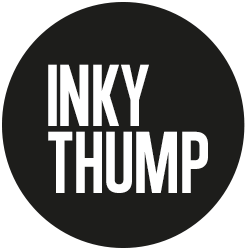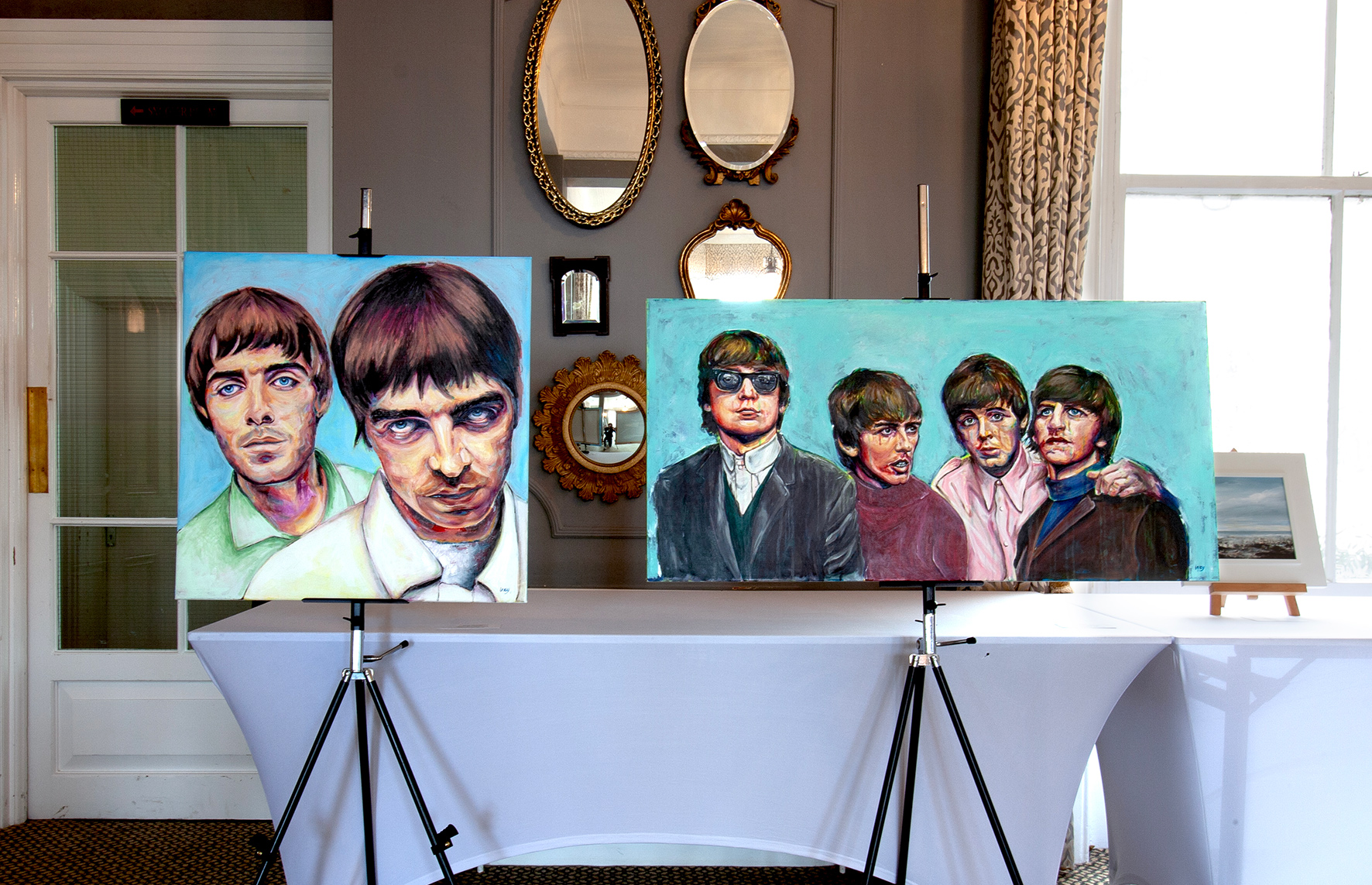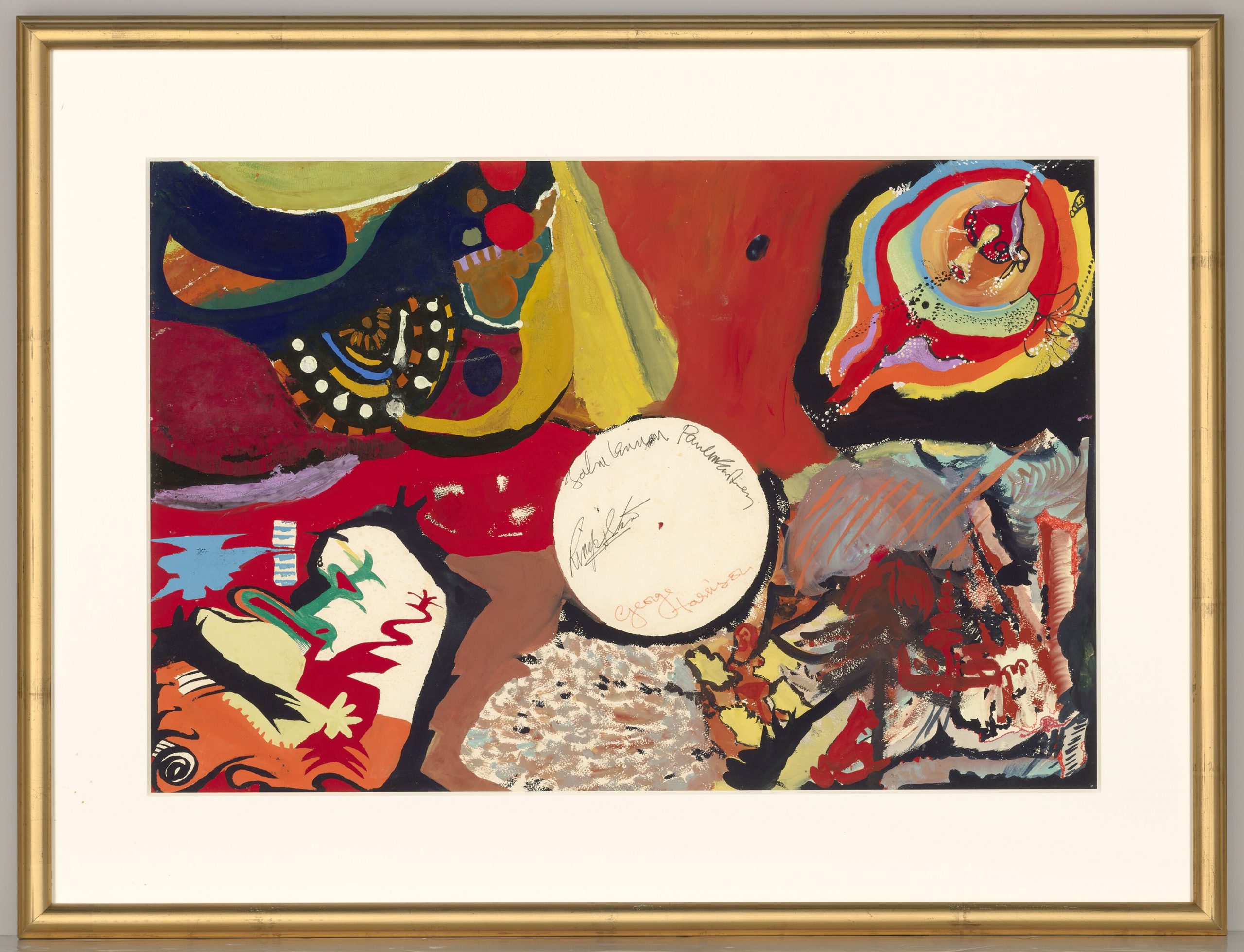Your basket is currently empty!
What are Giclee prints?

Share with
Origination of the Giclee printing process
Many people are confused as to what giclee prints are or even how to pronounce the word (Gee-clay). Put simply, the word giclée (spelt with an accent over the first e) is derived from the French word gicleur. The French technical term for a jet or a nozzle. Une giclée means a spurt of some liquid. Coined in 1991 by printmaker Jack Duganne (he settled for the word Giclée) for fine art digital prints made using inkjet printers. The name was originally applied to fine art prints created on a modified Iris printer in a process invented in the late 1980s. It has since been used widely to mean any fine-art printing. This is usually archival, printed by an inkjet. It is often used by artists, galleries, and print shops for their high-quality printing.
What makes a print giclée?
Three factors must be considered to determine whether a print is giclée or not. Firstly the original image quality, the print quality and then the material the image is printed onto.
Image quality
To make such a high-quality print, the camera or scanner used to capture or scan the art must be able to do so with a high level of resolution. To compare, most digital photos are recorded at a resolution of 72 DPI on the screen, or “dots per inch,” and the image file of an art print needs to be at least 300 DPI. This is because the more dots of colour can be printed in a small area, the more detailed your final image will appear. Inky Thump Art captures images of the original paintings at 600 DPI. This allows for giclée prints up to twice the size of the original painting to be reproduced without losing any of the original images’ definition.
Print quality
Standard inkjet printers use a four-colour printing process made of CMYK colour in cartridges (Cyan, Magenta, Yellow and Black). This is sometimes referred to as digital printing as opposed to litho printing which uses 4 CMYK colour plates printed one at a time, plus any special colours such as Pantone. Giclée printing uses a similar 4-colour process for printing as a base. However, additional colours are added to achieve smoother gradient transitions and greater depth in colour (such as light magenta, light cyan, light and very light grey). Inky Thump Art uses a giclée printer with 12 different inks to achieve larger colour variations and an almost identical representation of the original painting. As well as colour depth and variation, giclée inks are far less prone to fading over time.
Material
Giclée printing is generally applied to substrates or papers considered archival. Various substrates are available on which an image can be printed with such inks. These include various textures and finishes, matte photo paper, watercolour paper, cotton canvas, pre-coated canvas, or textured vinyl. Inky Thump Art always uses archival-heavy 300gsm paper to obtain the best finish.
Is a giclee print right for me?
The additional processes and equipment listed above do make giclee printing a more expensive option. However, the reproduction quality and longevity of colour in the prints far out ways any additional cost. A digital print positioned on a wall opposite a window will fade over time. A framed giclee print on archival paper will not fade. Even in direct sunlight, giclee prints hold their colour and value for much longer than regular prints. They are known to last approximately 200 years before they start to fade. They are museum-quality prints that are printed to last.
Due to the additional cost of production, artists will generally produce giclee prints in small runs. These are signed and numbered, adding value to any resale. Over time these pieces are far more sort after by collectors and prove to be a better investment as well as being statement pieces in any room.
If you are looking for a quality reproduction, one that will last a long time and retain value, you can’t go wrong with a beautifully framed giclee print.
You can view a selection of framed giclee prints by Inky Thump Art here.



Leave a Reply